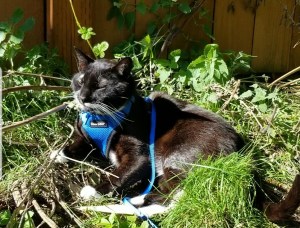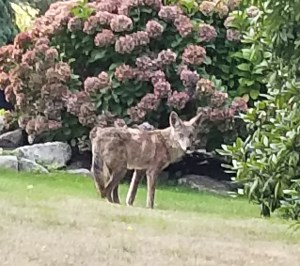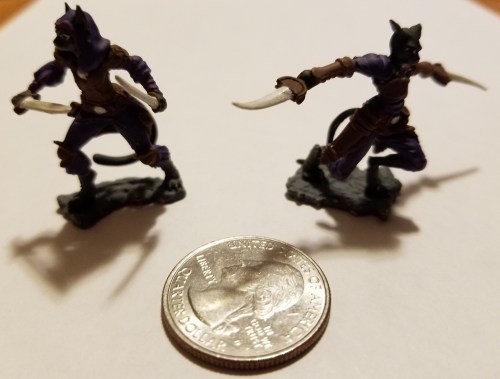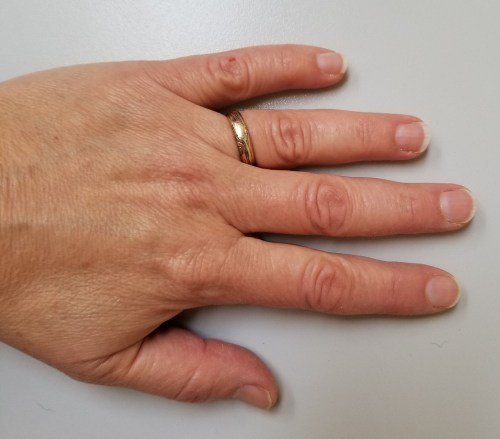Standard blog content for this time of year would be a review of my past year and committing to goals for the upcoming year.
My 2024 in review:
- I was extremely sick with pneumonia and complications for all of January and February.
- My father passed away in July at the age of 97 from covid. The best friend of one of my daughters died suddenly of cancer – he was only 23 and his partner was pregnant (their baby is healthy). Also, both of my elderly cats passed away.
- I continued volunteering on the Board of Directors of Cascade Writers Workshop.
- I resumed submitting a couple of short stories to markets. (I had sort of stopped bothering when covid hit and put my energy into mainly writing for fun.) Black Cat Weekly accepted my novelette, The Ballad of Kinmont Willa, for publication (but I don’t know when it will be published).
- The in-person Numenera table-top campaign I GM’d, based on Monty Cook’s Slaves of the Machine Gods wrapped at the narrative end after about 14 months.
- I continued to participate as a player and GM in multiple play-by-post roleplaying games. On one forum where most of my games are hosted, I volunteered on a ‘Collaboration, Accessibility, Community, and Equity’ committee. A game I GM’d in the Killjoys tv series setting came to a narrative end, and I started GMing a new game with three groups of players in a setting based on fairy tales and Monty Cook’s We Are All Mad Here by Shanna Germain.
- In September, my husband and I went on a week-long guided tour of the US southwest National Parks that included Zion, Bryce, Arches, Canyonlands, Antelope Canyon, Monument Valley, and the Grand Canyon. It was absolutely lovely and amazing! But we both came home with covid, curtesy of another couple on the tour.

Looking ahead to 2025
- My goals include more exercise, declutter, keep a log of the books I read.
- I plan to engage with world events in a meaningful way, although I don’t quite know how I’ll do that – yet.
- My big goal for 2025 is to write a novel. Often when I get a novel-sized story idea the beginning and end are clear to me, but when I write an outline, I realize I don’t know what happens in the middle. For this novel idea, I’ve been working on what feels like a good working outline that includes what happens in each act, and I’m excited about writing it, the characters, and the theme. I can write a novel in one year, right?
What are your goals for 2025?














